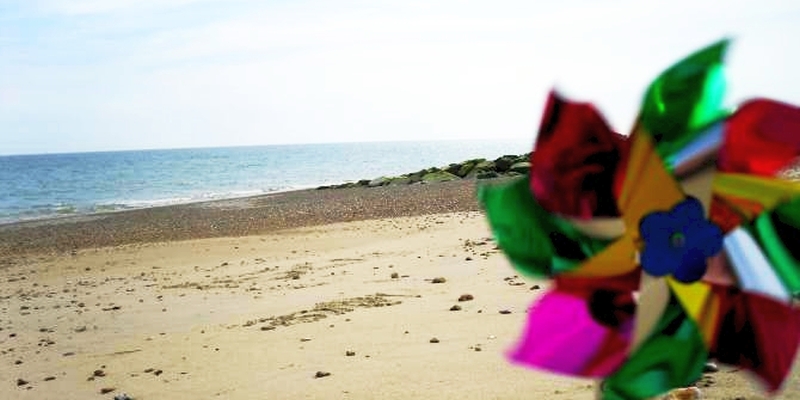
She Sells Sea Shells
“She Sells Sea Shells” one of the most popular tongue twisters in the English language.
She sells sea shells by the sea shore.
The shells she sells are surely seashells.
So if she sells shells on the seashore,
I’m sure she sells seashore shells.
This childhood tongue twister, part of a longer poem written in 1908 by Terry Sullivan, has challenged and delighted generations of children and adults alike.
The song version of “She Sells Sea Shells” was created by Terry Sullivan in 1908. Sullivan, a songwriter known for crafting catchy ballads for British music halls, used the already popular tongue twister as the basis for a humorous song.
The British version of “She Sells Sea Shells” was performed by music hall artiste Wilkie Bard. Bard was known for his character sketches and comedic performances, often appearing in pantomime and using tongue twisters as part of his act.
He introduced the song “She Sells Sea Shells” at the Theatre Royal Drury Lane in 1908 during a performance of “Dick Whittington.” This performance contributed to the popularity of the tongue twister in the UK music hall scene.
It also went on to became popular in America. Billy Murray was a popular tenor vocalist during the early 20th century, his recording of the song “She Sells Sea Shells” was made on October 28, 1909. The song was part of a musical theater production called “The Beauty Spot” and is categorised as a comic song.
The recording was produced by Victor, a prominent record label at the time, and was released on a 10-inch shellac disc at 78 RPM.
The lyrics of the song are widely believed to have been inspired by the life of Mary Anning, a Victorian fossil hunter known for collecting and selling fossils and seashells. However, there is no concrete evidence directly linking Anning to the song or the tongue twister, despite the widespread belief in this connection.
Before Sullivan’s song, the phrase “She sells seashells by the seashore” had already existed in various forms as part of English folklore. It appeared in different versions and variations throughout the late 19th century, often used as a tongue twister to challenge pronunciation skills. By the time Sullivan wrote his song, the phrase was already well-known, and his adaptation helped further popularise it.
The song’s catchy nature and the intriguing, albeit unsubstantiated, connection to Mary Anning have contributed to its enduring popularity as both a tongue twister and a cultural reference.





